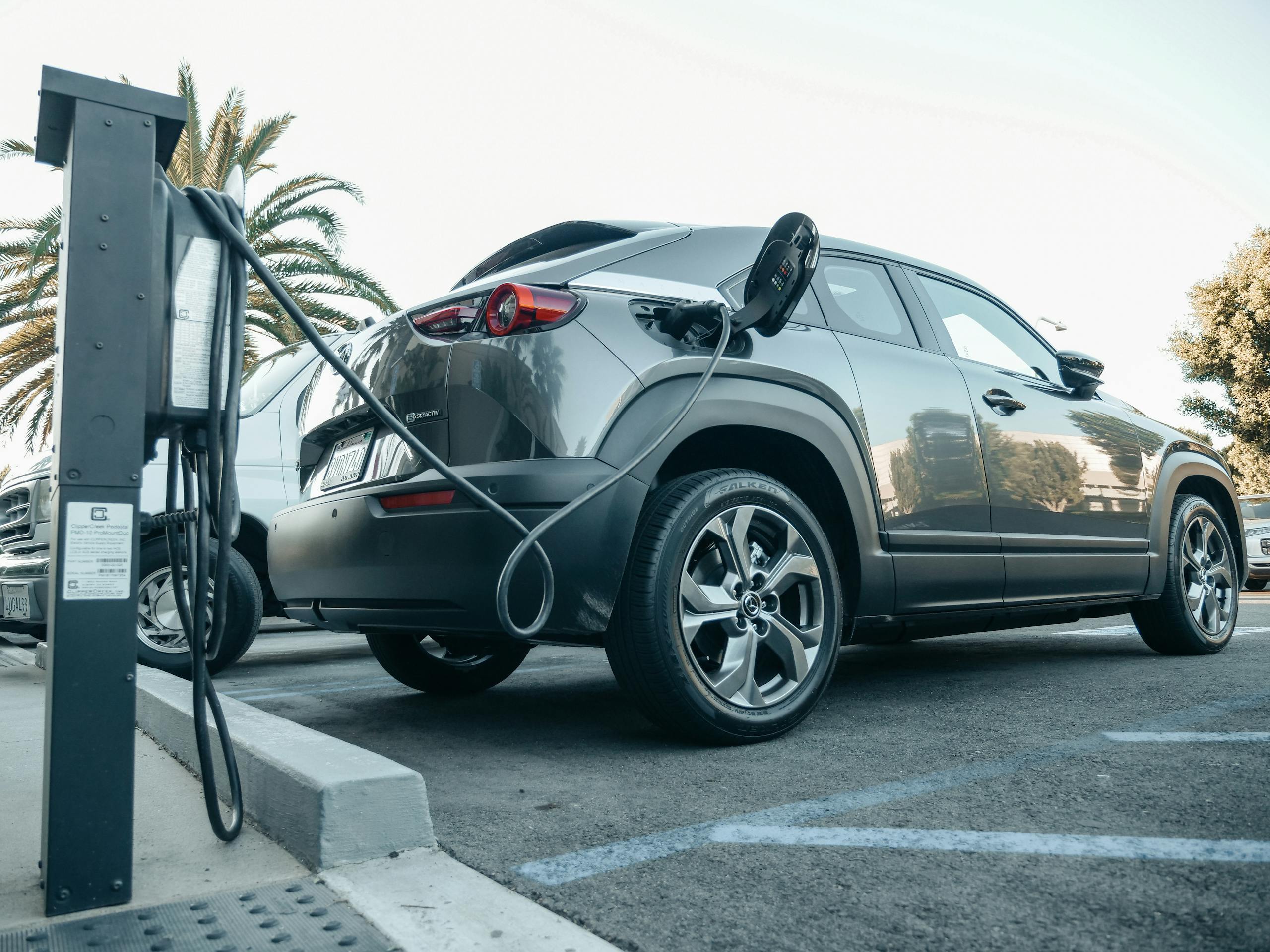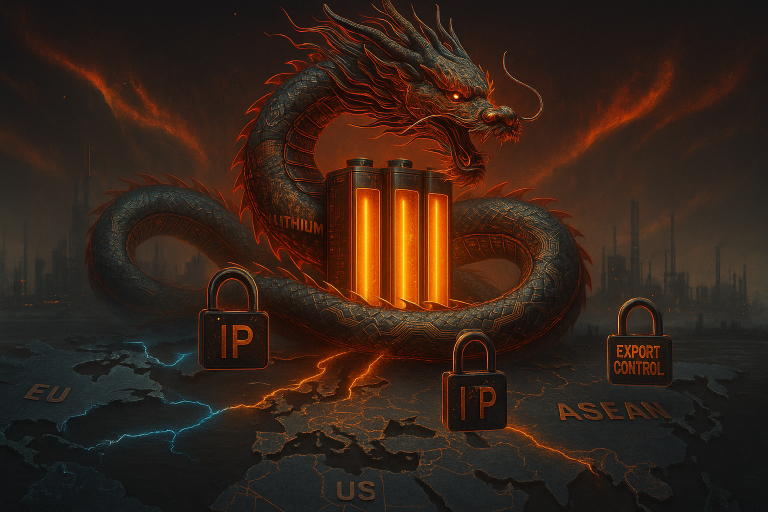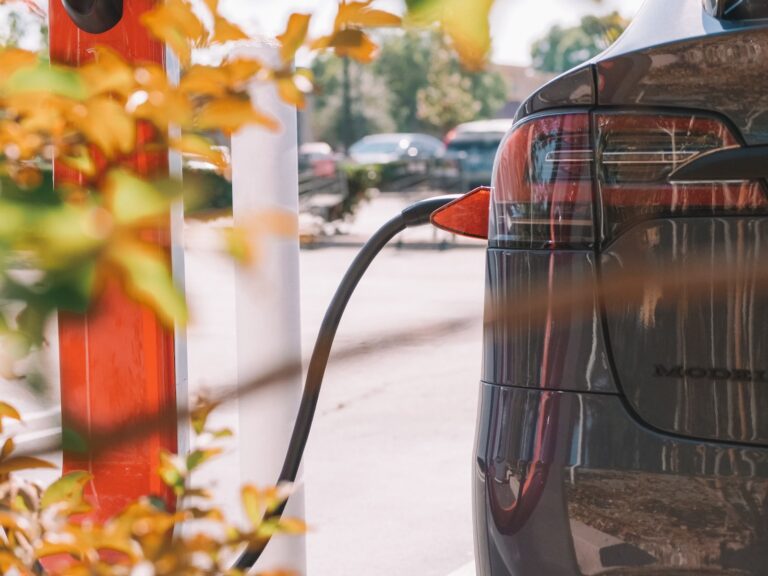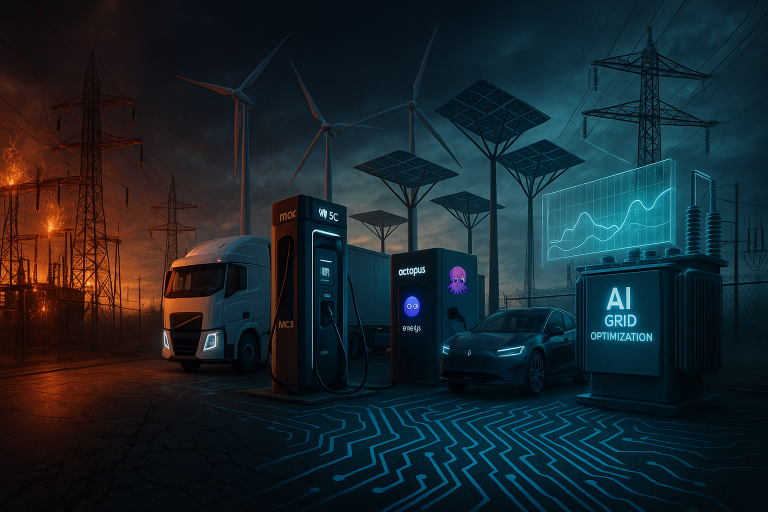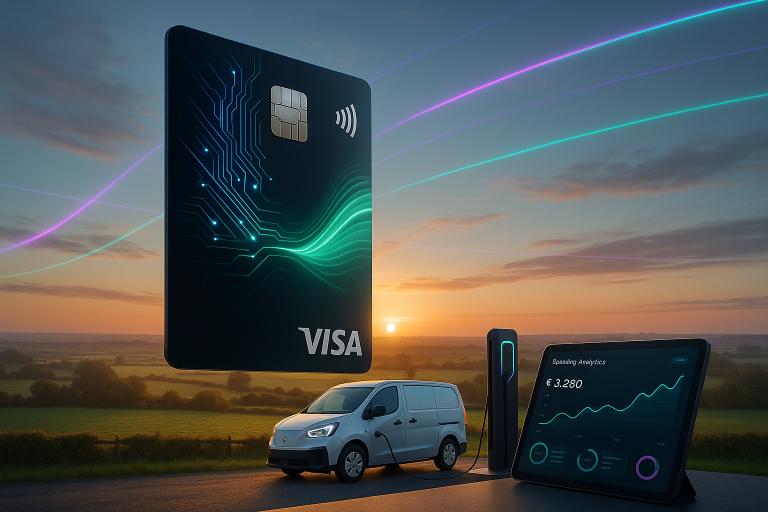You’re Charging Your EV at the Wrong Time – Here’s the Window That Saves Money and the Grid
Electric vehicle (EV) owners are entering a new era—one defined not just by environmental benefits and performance, but by energy economics. As governments and utilities transition toward smarter, more sustainable power grids, charging your EV at the wrong time can now cost twice as much as charging during optimal hours. What once seemed like a simple plug-in is now a strategic decision with real financial consequences.
This shift is driven by dynamic electricity pricing models, such as time-of-use (TOU) tariffs, which charge more during periods of high demand and less when demand is low. The result? A growing number of EV drivers are experiencing “sticker shock” at public charging stations or on their utility bills—paying up to $25 for a single 50 kWh charge during peak evening hours, compared to just $7.50 during off-peak times.
But there’s good news: experts have identified a “golden window”—a specific time of day when charging is not only cheaper, but also environmentally beneficial. By aligning your charging habits with this window, you can slash your fuel costs, reduce strain on the grid, and maximize the use of renewable energy.
The French Blueprint: “Super Off-Peak” Hours
France has emerged as a global leader in redefining EV charging strategy through its innovative “super off-peak” (heures creuses étendues) policy. Unlike traditional off-peak periods that occur overnight, France’s new golden window runs from 11:00 AM to 5:00 PM, a period deliberately chosen to match peak solar generation and low overall electricity demand.
Why This Window Works:
- Solar Alignment: During midday, especially in summer, solar panels across Europe generate massive amounts of electricity. In fact, France and neighboring countries often produce more solar power than the grid can immediately use, leading to curtailment (wasted energy) unless demand is increased.
- Demand Smoothing: By incentivizing EV charging during these hours, France reduces the risk of evening demand spikes—a phenomenon known as the “duck curve”—where solar output drops just as people return home and turn on appliances.
- Cost Efficiency: Utilities pass on the savings from abundant, low-cost solar power to consumers via reduced rates.
Benefits of Charging During Super Off-Peak Hours:
| Benefit | Explanation |
|---|---|
| 50%+ Cost Reduction | With rates as low as $0.15–$0.20/kWh, midday charging can save EV owners $12–$18 per full charge compared to peak rates. |
| Grid Stability | Distributing electricity demand throughout the day prevents overloads and reduces reliance on fossil-fuel “peaker plants.” |
| Renewable Maximization | Charging during solar surplus means your EV runs on clean energy, reducing carbon footprint even further. |
Table: Cost Comparison of Peak vs. Super Off-Peak Charging
| Charging Period | Typical Cost per kWh | Cost for 50 kWh Charge | Grid Impact |
|---|---|---|---|
| Peak Hours (6 PM–10 PM) | $0.40–$0.50 | $20–$25 | Severe strain – high demand, low renewables |
| Super Off-Peak (11 AM–5 PM) | $0.15–$0.20 | $7.50–$10 | Balances grid – absorbs excess solar |
| Home Solar Charging | $0 (after installation) | $0 | Negative load – feeds back into grid if surplus |
This model is not just about individual savings—it’s a national strategy for energy resilience.
Why Midday is the New Midnight
For decades, utilities promoted overnight charging as the off-peak solution. But the rise of solar energy has fundamentally changed the equation. The sun doesn’t care about human schedules—it peaks around noon, not midnight. As a result, midday has become the new sweet spot for cost-effective and sustainable EV charging.
1. Solar Surplus Syndrome
In regions with high solar penetration—like California, Spain, or Australia—midday often sees negative electricity prices due to oversupply. Without sufficient storage or flexible demand (like EVs), this clean energy goes to waste. In 2023 alone, California curtailed over 4 TWh of solar power—enough to power 400,000 homes for a year.
EVs represent a massive opportunity to soak up this surplus. A single EV charging during the day can absorb 10–20 kWh of otherwise-wasted solar energy.
2. The Duck Curve Crisis
The “duck curve” refers to the daily shape of net electricity demand after accounting for solar generation. It shows a deep dip during midday (due to solar) followed by a sharp evening ramp-up as the sun sets and people come home.
This rapid increase forces utilities to activate expensive and polluting natural gas “peaker” plants to meet demand. By shifting EV charging to midday, we flatten the duck curve, reducing both costs and emissions.
💡 Example: If 1 million EVs in California charged during the 11 AM–3 PM window instead of 6 PM–9 PM, it could avoid the need for 2–3 peaker plants, saving ratepayers hundreds of millions annually.
3. Urban Accessibility Revolution
Not everyone can charge at home. In cities like Sydney (67% without off-street parking), London, or San Francisco, many residents rely on public infrastructure. Overnight charging is impractical for them.
Midday charging offers a solution:
- Charge while at work
- Top up while shopping or running errands
- Use public kerbside chargers during the day
This makes EV ownership more equitable and accessible, especially in dense urban environments.
Global Golden Window Adaptations
While France’s 11 AM–5 PM window is a benchmark, the ideal charging time varies by region based on local renewable patterns, climate, and grid dynamics.
Regional Golden Windows:
| Region | Optimal Charging Window | Rationale |
|---|---|---|
| California & Hawaii | 10 AM – 2 PM | Peak solar irradiance; TOU rates lowest during “Net Energy Metering 3.0” shoulder periods |
| Midwest U.S. (Iowa, Nebraska) | 10 PM – 6 AM | Wind turbines generate most power at night; wind energy is cheapest then |
| Australia (Sydney, Melbourne) | 11 AM – 4 PM | High rooftop solar penetration; kerbside chargers promote daytime use |
| Germany & Netherlands | 12 PM – 3 PM | Solar peak aligns with lunch breaks; workplace charging incentives |
| Texas (ERCOT Grid) | 10 AM – 3 PM | Solar farms flood the grid midday; wholesale prices often drop below $0/MWh |
🌍 Key Insight: The golden window isn’t universal—it’s hyper-local. Smart EV owners use apps and utility data to find their personal sweet spot.
How to Harness the Golden Window
Maximizing savings and sustainability requires a mix of behavioral shifts, technology, and policy awareness. Here’s how to make the most of the golden window:
1. Adjust Your Electricity Subscription
Most utilities now offer time-of-use (TOU) plans that include discounted rates during super off-peak hours.
- Action Step: Contact your electricity provider and switch to a TOU plan. In France, all suppliers are legally required to offer such plans.
- Bonus: Some U.S. utilities (e.g., PG&E, SCE) offer EV-specific TOU rates with ultra-low midday pricing (as low as $0.13/kWh).
- Tip: Use tools like the Department of Energy’s Rate Advisor to compare plans.
2. Leverage Public Charging Infrastructure
With rising home charging inequity, public infrastructure is key.
- Kerbside Power-Pole Chargers: Companies like EVX in Australia install chargers on existing streetlight poles, costing ~$12 for a full charge during off-peak hours. These are game-changers for apartment dwellers.
- Retail & Entertainment Hubs: Chains like Cinemark Theatres, Whole Foods, and Marriott Hotels still offer free Level 2 charging as a customer perk.
- App Tip: Use PlugShare or ChargeHub to filter stations by free/low-cost and real-time availability.
3. Integrate Solar + Battery Systems
For homeowners, the ultimate golden window hack is self-generation.
- Install a 2.5–5 kW solar canopy over your driveway or garage.
- Pair it with a home battery (e.g., Tesla Powerwall) to store midday solar for evening use.
- Result: Near-zero cost charging using your own clean energy.
📈 ROI Insight: A typical 5 kW solar system costs ~$15,000 but pays for itself in 5–10 years through electricity savings and EV fuel replacement. After that, it’s free fuel for life.
4. Tech-Enabled Smart Charging
Modern EVs and apps can automate golden window charging.
- Smart Charging Apps: Platforms like ChargePoint, Flo, and Octopus Energy allow you to schedule charging for the cheapest hours.
- Vehicle Integration: Tesla, Hyundai, and Ford EVs let you delay charging start times via smartphone apps.
- AI Optimization: Services like Jedlix or OhmConnect analyze grid data and automatically charge when prices are lowest—or even pay you to charge during surplus periods.
⚡ Pro Feature: Some EVs (e.g., Hyundai Ioniq 5, Tesla Model S) use GPS and route data to precondition the battery when heading to a fast charger, enabling faster charging when you arrive.
The Equity Challenge
Despite its benefits, the golden window isn’t equally accessible.
Who’s Left Out?
- Shift workers who can’t charge during midday
- Apartment dwellers without access to workplace or public chargers
- Low-income communities in areas with poor charging infrastructure
Emerging Solutions:
- Australia’s ARENA Program: The Australian Renewable Energy Agency funds kerbside charger installations in underserved neighborhoods, prioritizing equity.
- TVA’s EV Charger Rebate: The Tennessee Valley Authority offers $700 grants for installing Level 2 chargers on off-peak circuits.
- California’s Charge Up Program: Provides $1,000+ rebates for low-income residents to install home chargers.
✊ Policy Call: Governments must treat EV charging access as critical infrastructure, like sidewalks or streetlights—especially in marginalized communities.
Future-Proofing Your Charging Strategy
The golden window is a powerful tool today, but the future of EV charging is evolving rapidly.
1. Battery Breakthroughs
New technologies could make timing less critical:
- VarEVolt’s 18-Second Charging Battery: Set for mass production in 2025, this solid-state battery charges faster than refueling a gas car. While convenient, ultra-fast charging still stresses the grid if done en masse during peak times.
- Bidirectional Charging (V2G): EVs like the Nissan Leaf and Ford F-150 Lightning can send power back to the grid during peak hours, turning your car into a mobile battery. Charge during the golden window, sell back during peak.
2. Regulatory Transparency
France is launching a national EV charging comparison platform in 2025 that will display real-time prices across all networks, forcing providers to compete on price and transparency.
📊 Impact: This could reduce average charging costs by 15–20% through market competition and consumer awareness.
3. AI-Driven Energy Orchestration
Imagine an AI that:
- Checks your calendar
- Monitors real-time electricity prices
- Tracks your EV’s state of charge
- Automatically charges during the cheapest, greenest window
This is already possible with platforms like Tesla’s Energy App or Google Nest x EV Integration.
The Bottom Line
The golden window isn’t just a money-saving trick—it’s a new form of energy citizenship.
As energy expert Dan Cass (former climate advisor to the Australian government) puts it:
“Plugging in midday soaks up surplus solar, lowering costs for everyone. It’s not just smart driving—it’s grid stewardship.”
By charging during the golden window, you’re not just avoiding being “robbed” by peak pricing. You’re actively:
- Reducing your carbon footprint
- Supporting renewable energy
- Stabilizing the grid
- Saving hundreds per year
For EV owners, this shift transforms you from a passive consumer into an active participant in the clean energy revolution.
💡 Pro Tip: Combine super off-peak charging with manufacturer incentives for maximum savings. For example:
- Hyundai offers 2 years of free Electrify America charging (up to 1,000 kWh/year)
- Chevrolet includes 3 years of free DC fast charging with select EVs
- Tesla offers free Supercharging with used Model Y purchases
Pair these with midday charging on a TOU plan, and your effective fuel cost approaches zero.
Charge Smart, Save Big, Power the Future
The golden window is here—and it’s wide open. Whether you’re a tech-savvy early adopter or a practical commuter, timing your charge is now as important as maintaining your tires.
So ask yourself:
Are you charging to survive the grid – or to strengthen it? The answer could save you hundreds of dollars a year—and help build a cleaner, more resilient energy future for all.

